Sony Xperia Z1 vs Apple iPhone 5
Introduction
Sony is a company that Apple founder Steve Jobs truly admired, but ever since Apple entered the smartphone arena, Sony (back then it was still Sony Ericsson) has been having great difficulties surviving in this market. However, we've finally reached a moment when the Japanese have finally managed to catch up with the companies that benefited the most from the modern smartphone era. Not in terms of profits, but in terms of tech. With the most recent flagship of the company, the Xperia Z1, Sony can rival all the other high-end Android smartphones out on the market right now. But what about the iPhone 5? How does the Z1 stack up against iOS 7 and Apple's former flagship phone?
Let's see if the bigger size and newer internals will help the Sony Xperia Z1 deliver a better user experience than the Apple iPhone 5!
In the box of the Sony Xperia Z1:
- USB cable
- Wall charger
- Handsfree earphones with clip (MH750)
- Screen protector
- Small cleaning cloth
In the box of the Apple iPhone 5:
- USB cable
- Wall charger
- Handsfree earphones (EarPods)
- SIM removal tool
Design
Luckily, what we're dealing with here are two well-made smartphones with classy and sturdy designs. Both feel quite solid in the hand, with the iPhone 5 making generous use of both glass and metal for its casing, while the Xperia Z1 sticks with glass for the front and back panels, combined with a nice aluminum frame. It'll be up to you to decide which one you like more, but in our opinion the iPhone 5 has an edge in the looks department over the Z1's slightly more ordinary visuals.
There is a huge difference in terms of dimensions. The Sony Xperia Z1 is among the biggest phones with 5” displays with its 5.69 x 2.91 x 0.33 inches. In comparison, the Apple iPhone 5 is way more compact with its dimensions of 4.87 x 2.31 x 0.30 inches, making it much more comfortable to hold and use. The same thing goes for their weight, as the Xperia Z1 weighs the impressive 6.00 oz, versus the much lighter 3.95 oz of the iPhone 5.
The power/lock key, volume buttons and camera shutter of the Xperia Z1 aren't bad, but the power/lock and volume keys of the iPhone 5 are better. With a more pronounced and clicky movement, using those keys on the iPhone 5 feels more satisfying.
Display
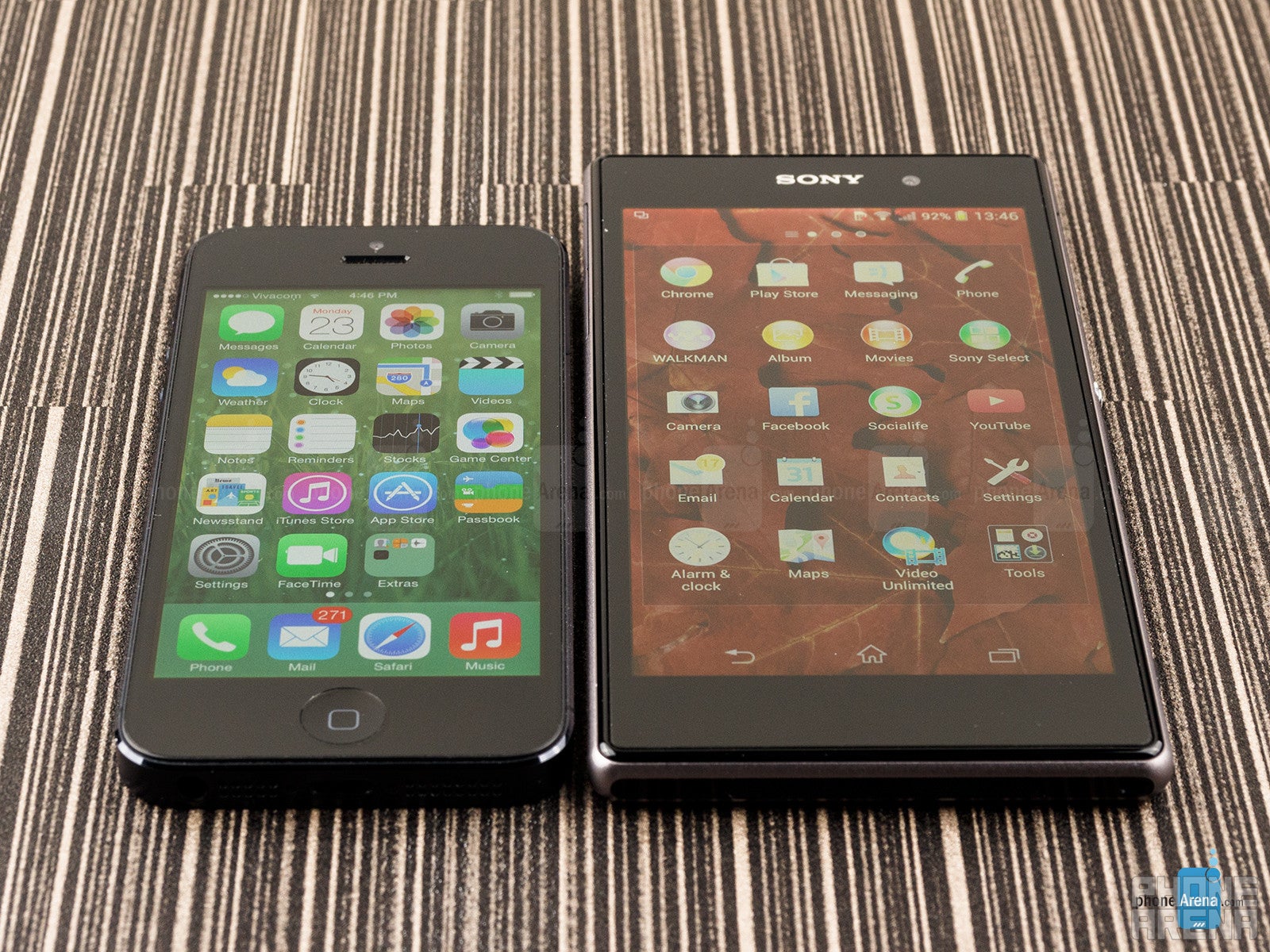
In terms of resolution, the Xperia Z1 sports the now-standard Android flagship res of 1080 x 1920 pixels, resulting in a sky-high pixel density of 441 ppi. Everything is extemely fine and clear on the Z1's display and you'll never notice even a hint of pixelization. With the iPhone 5, we're treated to a resolution of 640 x 1136 pixels. While this doesn't seem so impressive on paper, pixel density stands at the satisfying 326 ppi, which means that the iPhone 5's display is also great as far as legibility goes. Sure, it's not as perfectly clean as that of the Z1, but it won't cause you any discomfort in that respect.
As we mentioned in the beginning of this section, the Xperia Z1 doesn't utilize the so popular IPS LCD technology, and instead goes for a TFT screen powered by Sony's so-called Triluminos tech, which attempts to create a more 'intelligent' backlighting for the display through the use of 'quantum dots' - extremely small particles that emit light at preset wavelengths. The ultimate goal is to enable the reproduction of a wider array of natural colors.
The Z1's average color temperature of about 7000 K (kelvin) is slightly better than the iPhone 5's 7300 K, as the reference point is considered to be 6500 K. However, Apple's managed to get the gamma right with the iPhone 5 – all the different levels from very dark to very white are just as bright as they should be, while the same cannot be said about the Z1, where the highlights tend to appear a bit brighter than they should, potentially causing a bit of lost detail.
The Xperia Z1 sports a more than decent maximum brightness output of 495 nits, so outdoor visibility is very good. The iPhone 5, though, can get slightly brighter (535 nits), which helps it achieve a slightly easier to view image when outdoors.
Probably due to the lack of IPS (in-plane switching technology), the LCD screen of the Xperia Z1 has terrible viewing angles. Meanwhile, such problems aren't present with the iPhone 5, and while it does lose a lot of its brightness when viewed at an angle (which happens with all other LCD screens out there), the image remains fine and perfectly readable.
Interface and Functionality
On one hand, there is the Xperia Z1 with its customized Android 4.2.2 experience, while on the other, we have the iPhone 5 and its new iOS 7 reality.
There's nothing particularly new about Sony's UI for the most part. Things follow the normal way of operation for Android – you have a number of homescreen pages where you can place various app shortcuts, widgets and folders, while the main menu — which can be sorted in different ways — gives you access to all of your apps. Sony's personalization hasn't missed all the core OS apps, such as the phonebook, calendar and so on, giving them a more unified look that suits the rest of the UI.
On the iPhone 5, the brand new iOS 7 stays true to the roots of iOS, meaning that everything happens in almost exactly the same way as before. Aside from the light and flat new look of the operating system, users can now take advantage of the new Control Center feature that provides quick access to frequently used settings such as the toggles for Bluetooth and Wi-Fi, as well as brightness and some others. Overall, we wouldn't say that we love the new iOS appearance, but it's OK and it gives the system the much-needed refresh.
Processor and Memory
Being a new high-end Android smartphone, the Z1 is equipped with one of the best pieces of silicon available – the Qualcomm Snapdragon 800 SoC (system-on-chip), which offers a quad-core 2.2 Ghz Krait 400 CPU and the Adreno 330 GPU. Meanwhile, the iPhone 5 is powered by the Apple A6. On paper, this system chip seems much humbler, as it "only" features a dual-core 1.3 GHz Swift CPU, along with the PowerVR SGX543MP3 GPU.
As far as user experience goes, both handsets run perfectly smoothly, though the iPhone 5 is noticeably snappier in some apps, such as the browser, in terms of response time. Third-party apps and games are also running perfectly well on both devices. It's worth noting that the Xperia Z1 has to feed a significantly power-hungrier screen, so the extra horsepower of the Snapdragon 800 chipset isn't going to waste.
When it comes to system memory, the iPhone 5 has 1 GB, while the Xperia Z1 ups that to 2 GB. Once again, we haven't noticed any issue with regards to performance on either phone.
Internal storage on the Xperia Z1 is 16 GB only, but thankfully, if you need more, you can always install a microSD card. Things are a bit different on the iPhone 5, where you don't get the option to install a microSD card, but you can purchase the device with 16, 32 or 64 GB of internal storage.
Internet and Connectivity
The default browser on the Xperia Z1 is Google's Chrome, while what you'll find on the iPhone 5 is Safari. Both browsers work very quickly and fluidly, though the lightning quick response of the Safari browser remains unsurpassed to this day. The text-size inflating feature of Safari also seems to work better in certain scenarios. As you probably know, Flash Player is not supported by any device.
GPS and Glonass are supported by both devices, as well as Bluetooth 4.0 and all the latest Wi-Fi protocols, except for '802.11 ac', which is only supported by the Z1. NFC and DLNA are only available on the Z1, though right now there isn't really that much use for them.
Camera
Both the iPhone 5 and the Xperia Z1 feature spectacular cameras, but the more advanced tech of the so-called G Lens shooter utilized by Sony's product does have the upper hand overall. For example, the 20.7 MP sensor of the Z1 has wide aperture of f/2.0, compared to the iPhone 5's 8 MP camera with aperture of f/2.4. Both feature backside illuminated sensors, but the one of the Z1 has a bigger size of 1 / 2.3”, which allows the pixels of the 20.7 MP camera to have a decent size, despite their great number. The iPhone 5's sensor size, on the other hand, measures 1/3.2”, which means it is smaller in size. When it comes to cameras, you want your sensor to be as big as possible.
In terms of features, the iPhone 5 is bare-bones as always, as it only features a few settings to let you enable the HDR shooting mode, display a grid and change the LED flash mode. Meanwhile, on the Xperia Z1, you get a lot more control over the camera thanks to the Manual mode, which lets you tweak a host of different settings. In addition, there are some fun camera modes such as Social Live, which enables you to broadcast live video directly to your Facebook feed.
The Xperia Z1's G Lens camera takes amazing pictures when it comes to details. With its respectable 20.7 megapixels, there's noticeably more data in the Z1's pictures if you zoom in and start observing the fine details. If you're mostly looking at pictures in a web-friendly size – for example in Facebook, there won't be such a noticeable difference in this regard, but anyway, the fact is that the Z1 can take larger images.
Even though the pictures from the iPhone 5 look very pleasing, it's obvious that Apple's handset tends to boost the contrast and color saturation a bit in order to produce those fancy results. On the other hand, the color reproduction in the Z1's photographs is more natural and true-to-life, which is what we prefer seeing. It's worth noting, however, that the Z1 doesn't always get the exposure right, resulting in some overexposed areas at times. This problem isn't observed with the iPhone 5.
For some reason, indoor images taken with the iPhone 5 are much brighter compared to those of the Xperia Z1, and surprisingly, this hasn't caused a bigger amount of noise. Actually, indoor images from both phones feature an equal amount of noise. At this point, we'd obviously prefer the iPhone 5 when it comes to indoor pictures, because of their superior brightness and vividness.
1080p video recording is pretty good with both phones, though not ground-breaking. Details are way above average with both, probably with a slight advantage for the iPhone 5. Colors are once again a bit more vivid with Apple's handset, but not to the point where they'd appear unnatural.
Multimedia
While the iPhone 5 sports a brilliant 4” display with a 16:9 aspect ratio that's ideal for video playback, the Xperia Z1 offers a more suitable screen for the purpose. Thanks to its massive size of 5 inches, watching video and enjoying various other types of multimedia, including games, will be a lot more comfortable and fun on the Xperia Z1.
The Z1 comes with Sony's favorite music player – the Walkman. It looks modern and functional, and allows you to quickly find additional data such as lyrics and artist information on the internet. Of course, it also features an equalizer and displays album art. The same thing goes for the iPod player on the iPhone 5. Once again, it works extremely quickly and treats us to a beautiful new design. In addition, it now sports iTunes Radio, which is a new streaming radio service similar to Pandora.
The MH750 headphones coming with the Xperia Z1 can output quite a decent sounding, but unfortunately, they aren't so comfortable to wear, at least when compared to the iPhone 5's EarPods. In order to get that full sound with base tones out of the MH750, you have to stick those very deep down your ears, while with the EarPods, they just attach comfortably to your ears and will still present you to an overall wonderful sound.
Although the loudspeaker of the Xperia Z1 isn't so weak, it's easily overpowered by that of the iPhone 5. In terms of quality, the iPhone 5's speaker is once again better – it retains a decent sounding even at high volume levels, whereas the sound produced by the Z1 isn't really impressive.
Call quality
When it comes to call quality, the Xperia Z1 manages to deliver an acceptable performance, although it's by no means exceptional with its OK loudness and average sound quality. The iPhone 5 is a whole other story, as its earpiece is on the stronger side, plus voices tend to sound a bit fuller when conversing using Apple's handset.
As we said in the previous section, the speaker of the Xperia Z1 is definitely inferior, but it's still good enough for conversing. However, if you happen to be in a noisier environment, the louder speaker of the iPhone 5 will do a better job.
Battery
Thanks to its beefier battery of 3000 mAh, the Z1 can theoretically last longer than the iPhone 5 and its tinier 1440 mAh battery. Stand-by time for the Xperia Z1 stands at about 35 days, while for the iPhone 5 it's at only 10 days. Estimated 3G talk-time for the Z1 is 15 hours, while for the iPhone 5 it's 8 hours. Of course, these numbers are theoretical, so the battery life you get out of your handset will vary greatly depending on your usage habits.
Having run our own battery test, which is designed to replicate typical real-life usage, we've noticed that the Xperia Z1 does manage to last a bit longer, though the difference isn't as great as the statistics from the manufacturers suggest. The Z1 lasted for about 4 hours and 40 minutes, while the iPhone 5 powered itself off after about 4 hours and 20 minutes. So, the bigger battery unit on the Z1 allows it to achieve a respectable result in our battery test, but the lower energy consumption of the iPhone 5's smaller screen helps it to remain close to its opponent, despite its significantly smaller battery.
Conclusion
There's no denying that the iPhone 5 has lost some of its appeal – after all, this handset has been around for a year now, and it's only expected that new high-end smartphones will be able to offer better tech. Such is the case with the camera of the Xperia Z1, for example. However, the iPhone 5 holds up surprisingly well after all this time. The device is just as snappy, if not even faster than the Xperia Z1, all the while offering a premium design and great screen, as well as better call quality and speaker.
However, if 4” screens are starting to feel a bit small to you, then it's obviously time for you to consider an Android flagship such as the Xperia Z1. It'll offer you a great design, a large, 5” 1080p display and great performance, courtesy of the state-of-the-art Snapdragon 800 chipset. Still, there is one thing you shouldn't overlook and that's the bulkiness of the Xperia Z1. As highly-functional and good-looking as the Xperia Z1 can be, it's actually among the biggest handsets in its class. If that's an issue for you, you should probably take a look at some of the other Android flagships, such as the Samsung Galaxy S4, HTC One, or LG G2, which are all good alternatives.

Software versions of the reviewed devices
Sony Xperia Z1: Android 4.2.2; Build 14.1.G.1.518
Apple iPhone 5: iOS 7.0.2
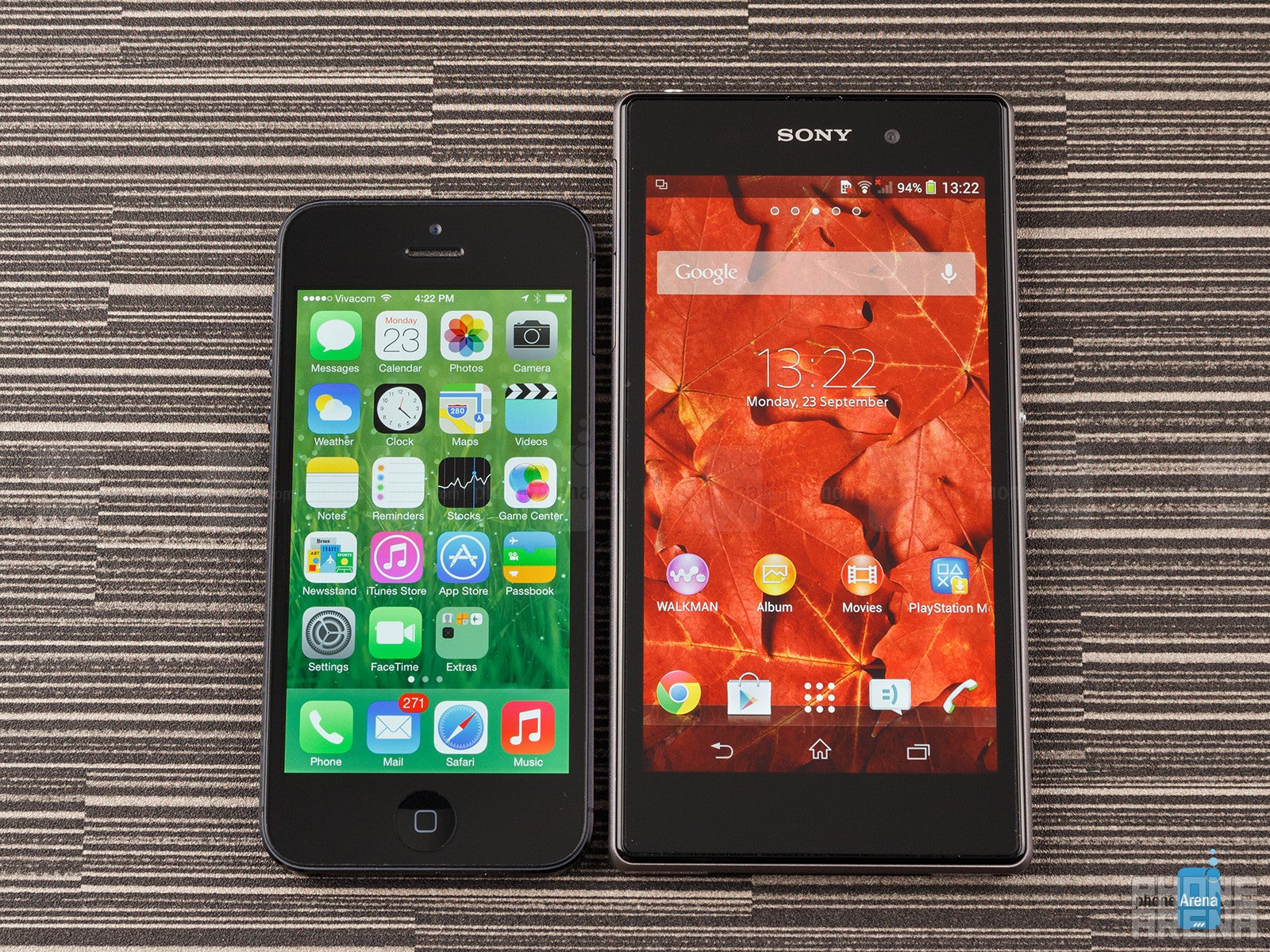
in our comparison thus far holds true, we're publishing an updated comparison conclusion below.
Sony Xperia Z1S vs Apple iPhone 5: Conclusion
There's no denying that the iPhone 5 has lost some of its appeal – after all, this handset has been around for a year now, and it's only expected that new high-end smartphones will be able to offer better tech. Such is the case with the camera of the Xperia Z1S, for example. However, the iPhone 5 holds up surprisingly well after all this time. The device is just as snappy, if not even faster than the Xperia Z1S, all the while offering a premium design and great screen, as well as better call quality and speaker.
However, if 4” screens are starting to feel a bit small to you, then it's obviously time for you to consider an Android flagship such as the Xperia Z1S. It'll offer you a great design, a large, 5” 1080p display and great performance, courtesy of the state-of-the-art Snapdragon 800 chipset. Still, there is one thing you shouldn't overlook and that's the bulkiness of the Xperia Z1S. As highly-functional and good-looking as the Xperia Z1S can be, it's actually among the biggest handsets in its class. If that's an issue for you, you should probably take a look at some of the other Android flagships, such as the Samsung Galaxy S4, HTC One, or LG G2, which are all good alternatives.
Follow us on Google News
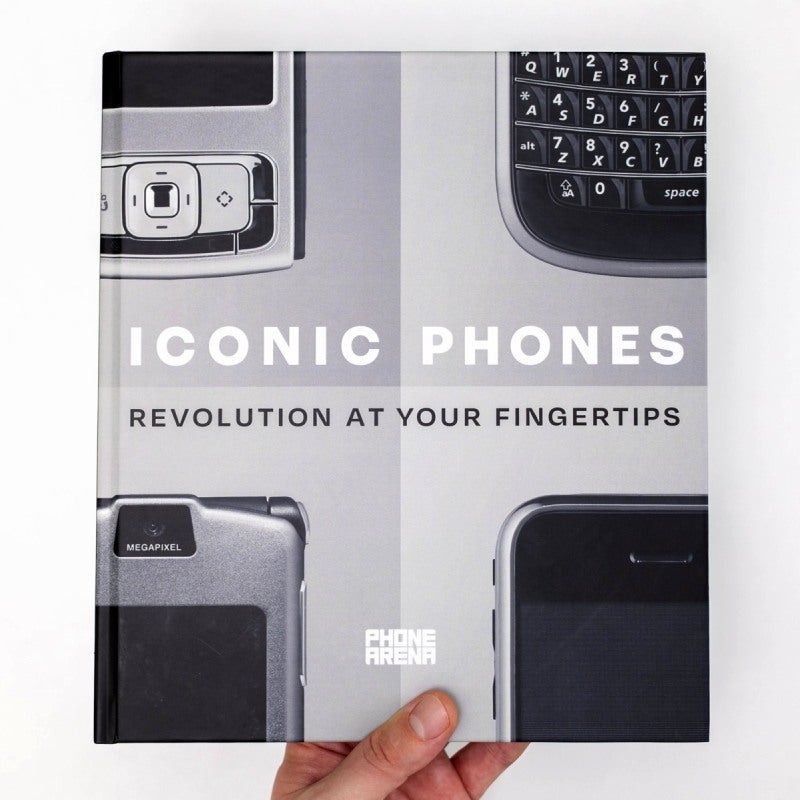
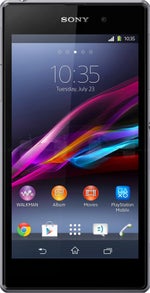
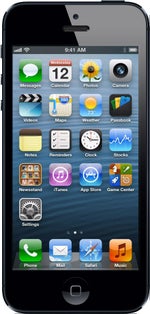


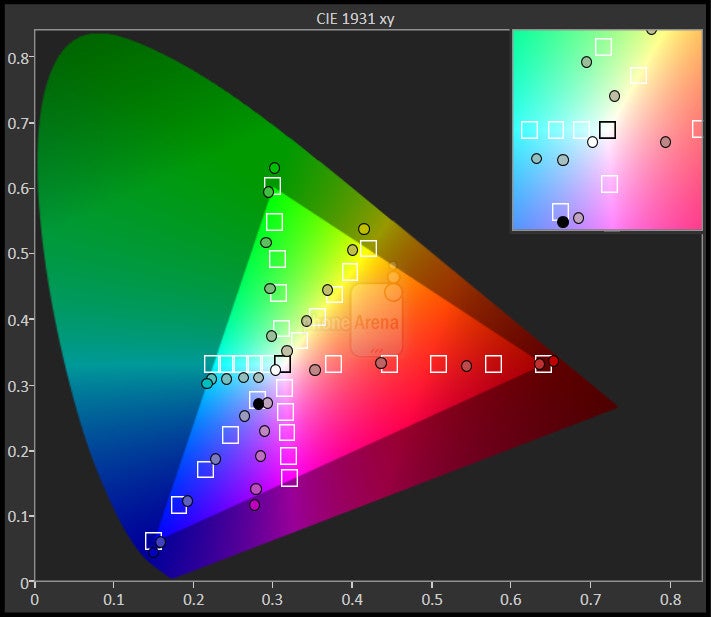






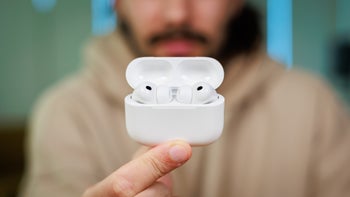

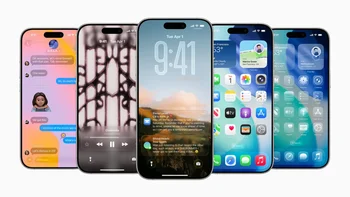
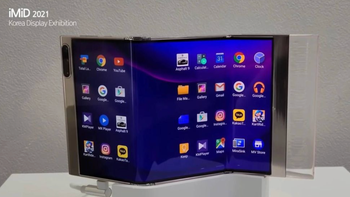
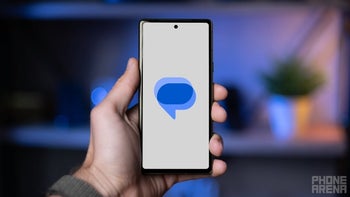
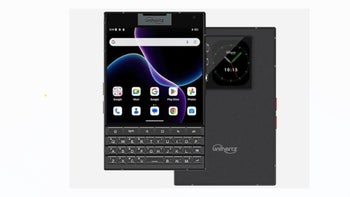
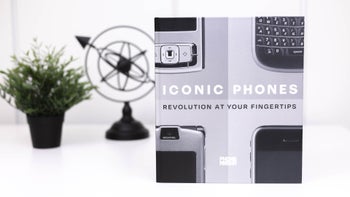
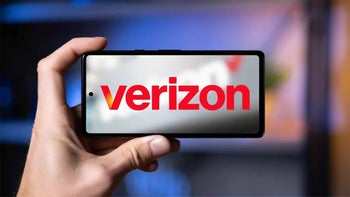
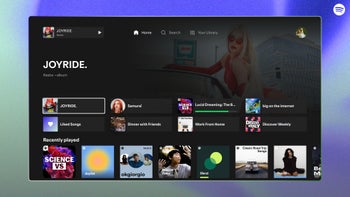
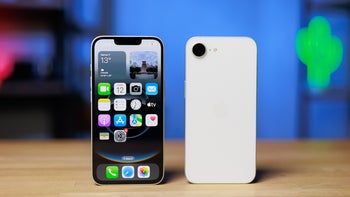
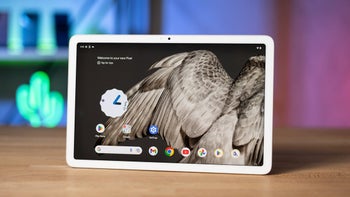
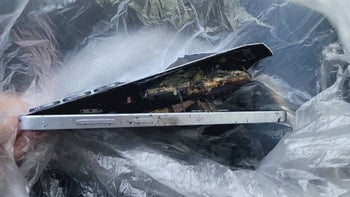
Things that are NOT allowed:
To help keep our community safe and free from spam, we apply temporary limits to newly created accounts: